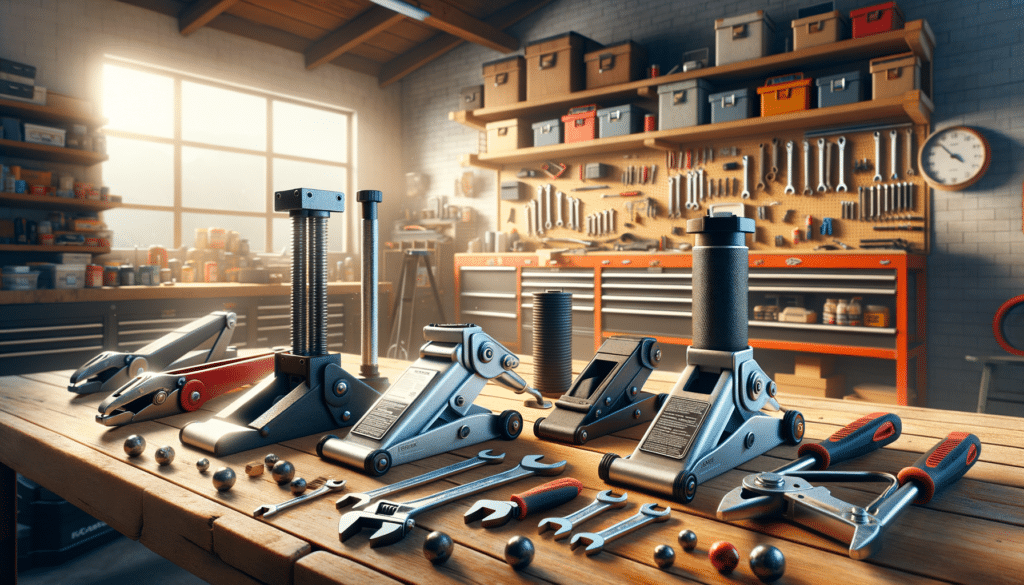The Evolution of Cabinet Design
Cabinet design has undergone significant transformations over the decades, reflecting changes in both aesthetic preferences and functional needs. Initially, cabinets were purely functional, serving as storage solutions in homes and workplaces. However, as interior design evolved, so too did the importance of cabinets as integral components of room aesthetics. From the ornate, hand-carved wooden cabinets of the Victorian era to the sleek, minimalist designs of modern times, the evolution of cabinet design showcases a fascinating blend of art and utility.
In the early 20th century, the rise of industrialization brought about a shift towards mass production, which influenced cabinet design significantly. The focus moved towards efficiency and affordability, making cabinets more accessible to a broader audience. Materials such as steel and laminated wood became popular, offering durability and ease of maintenance.
Today, cabinet design is a reflection of personal style and technological advancement. With the advent of smart home technology, cabinets can now be integrated with features such as automated lighting and smart locks. This fusion of technology and design not only enhances functionality but also adds a futuristic touch to interiors.
Materials and Their Impact on Cabinet Design
The choice of materials in cabinet design plays a crucial role in determining both the aesthetic appeal and durability of the cabinets. Traditionally, wood has been the material of choice, valued for its versatility and timeless appeal. Different types of wood, such as oak, maple, and cherry, offer unique grain patterns and color variations, allowing for a wide range of design possibilities.
In recent years, alternative materials such as metal, glass, and composite materials have gained popularity. These materials offer distinct advantages, such as increased durability and modern aesthetics. For instance, metal cabinets are often chosen for their industrial look and robust nature, making them ideal for kitchens and garages.
Glass-front cabinets provide a sophisticated option for displaying items while keeping them protected. They are particularly popular in kitchens and living rooms, where they can showcase fine china or decorative pieces. Composite materials, on the other hand, offer a cost-effective and eco-friendly alternative, as they are often made from recycled materials.
Functionality and Ergonomics in Cabinet Design
While aesthetics are important, functionality and ergonomics are paramount in cabinet design. A well-designed cabinet should not only look good but also serve the practical needs of the user. This involves considering factors such as storage capacity, ease of access, and the efficient use of space.
Modern cabinet designs often incorporate innovative storage solutions such as pull-out shelves, lazy Susans, and built-in organizers. These features maximize space utilization and make it easier to access stored items. Ergonomics also play a crucial role, with considerations such as the height of cabinets and the ease of opening and closing doors being essential for user comfort.
Additionally, the integration of technology in cabinet design has opened new avenues for enhancing functionality. Smart cabinets with automated features, such as motion-sensor lighting and remote-controlled locks, offer convenience and security, making them a popular choice in contemporary homes.
Customization and Personalization in Cabinet Design
One of the most exciting aspects of cabinet design today is the ability to customize and personalize designs to suit individual tastes and needs. Custom cabinets allow homeowners to create unique spaces that reflect their personalities and lifestyles. This trend is particularly popular in kitchens and bathrooms, where custom cabinets can transform the look and feel of the space.
Customization options include choosing specific materials, finishes, colors, and hardware to create a cohesive design that complements the overall interior decor. Moreover, bespoke cabinet designs can accommodate specific storage needs, such as wine racks, spice drawers, or appliance garages, providing both functionality and aesthetic appeal.
Personalization also extends to the use of technology, with options for integrating smart features that align with the homeowner’s lifestyle. This might include built-in charging stations, voice-activated lighting, or digital displays, adding a modern touch to traditional cabinetry.
Sustainability in Cabinet Design
As environmental concerns become more pressing, sustainability has emerged as a key consideration in cabinet design. Designers and manufacturers are increasingly focusing on eco-friendly practices and materials to reduce the environmental impact of their products.
Sustainable cabinet design involves the use of renewable materials, such as bamboo or reclaimed wood, which offer both aesthetic appeal and environmental benefits. Additionally, low-VOC finishes and adhesives are used to minimize harmful emissions, contributing to healthier indoor air quality.
Furthermore, the concept of upcycling has gained traction, where old cabinets are refurbished and repurposed, reducing waste and conserving resources. This approach not only supports sustainability but also adds a unique character to the cabinets, making them stand out as conversation pieces.
Overall, the focus on sustainability in cabinet design reflects a broader trend towards environmentally conscious living, where aesthetics, functionality, and eco-friendliness go hand in hand.





